Dual Enrollment Southern New Hampshire University Writing Composition students participated in a unit called Campaign for a Cause. In this unit, students selected an issue that interested them, conducted research, created an annotated bibliography, and wrote either a long or short op-ed on the topic. They then presented a speech about a local non-profit organization that addresses the issue. Each student chose whether to publish their short or long op-ed.
Is Stormwater Really That Big of a Deal?
The pollution affecting all Vermont’s water, especially Lake Champlain, has increased in recent years. So much of this pollution is blamed on the farmers, but have you noticed that the little rustic farms, so characteristic of Vermont, are slowly dying off and fading into the past? If the farms are slowly fading but the pollution is becoming more of a problem, something clearly doesn’t add up.
The majority of water pollution stems from stormwater. Stormwater itself is not what is causing the pollution; however, it is all the pollutants, which are dragged along when it runs off impervious surfaces (hard surfaces that don’t allow water to soak into the ground). Although many of the people who live in these urban areas want to deny the fact that their beautiful, newly sealed driveway is causing a small portion of Vermont’s water pollution, the fact is that it really does have a roll to play in the pollution of Vermont’s waters, especially the ones near cities and towns.
This is a generational problem, though, not entirely our fault and not solvable overnight. However, this problem demands that we act now to control stormwater before it spirals even further out of control.
But what can we do about this huge, seemingly unsolvable problem?
Rain barrels are an easy solution. They catch the water that flows off of your roof and into a gutter system. Although this solution may involve spending money, it’s definitely a worthwhile investment as it will help control the stormwater and therefore limit the pollution flowing into our beloved waterways.
Another feasible option is something you can encourage your whole town to participate in. Building a pond! For example, Middlebury College built a retention pond to control the stormwater flowing off the impervious surfaces on the campus, and it has effectively allowed water to slowly soak into the ground and filter through the soil before it drains into the waterways of Vermont.
The preservation of Vermont’s water comes down to us. For generations, many people failed to recognize the significant impact stormwater has had on Vermont, but we can think about it now. We can make a difference. Even though the problem is not entirely our fault, we can begin the important task of providing support for the people fixing our water quality.

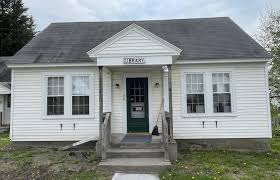



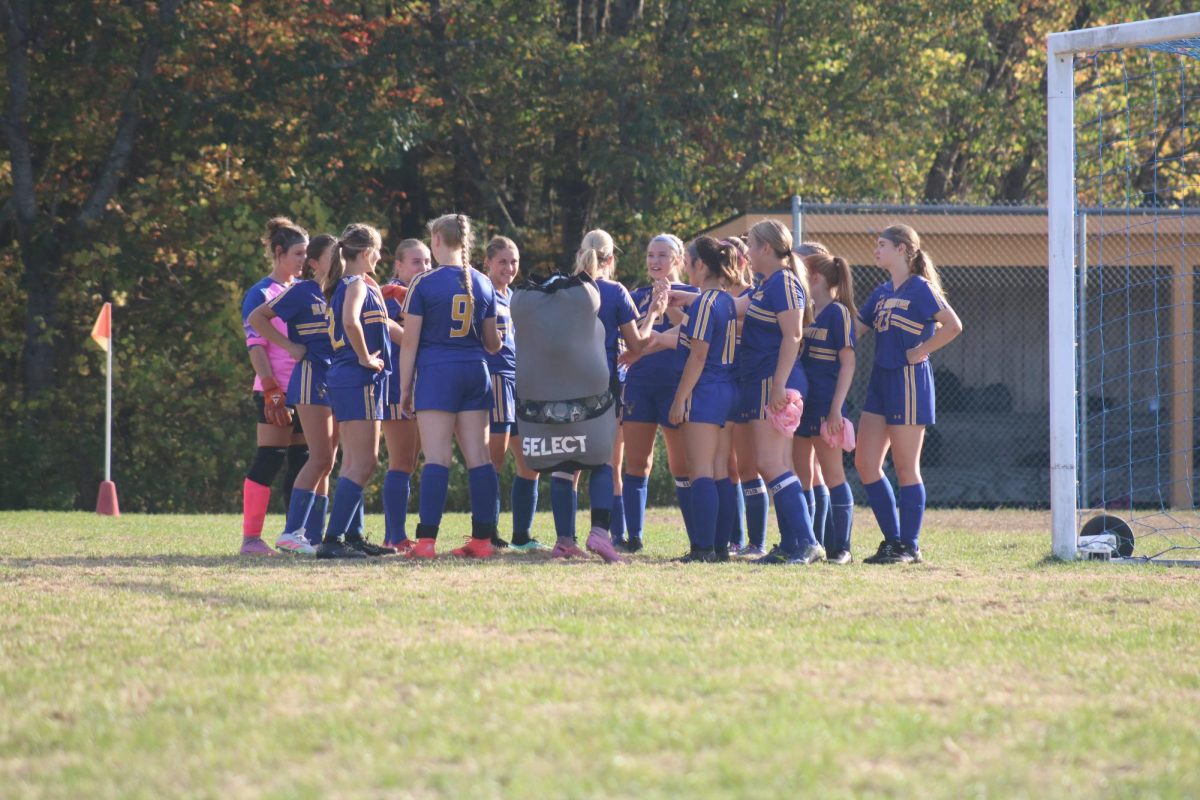
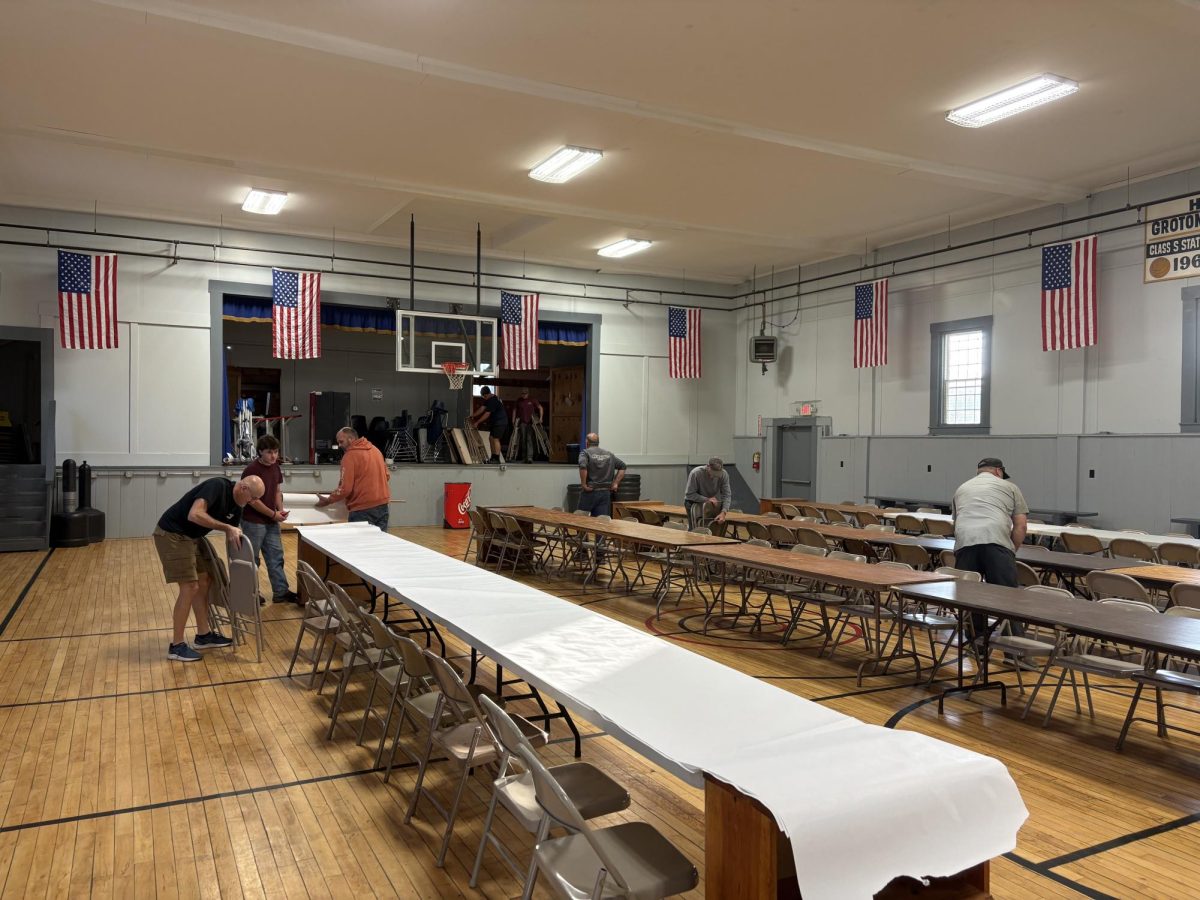

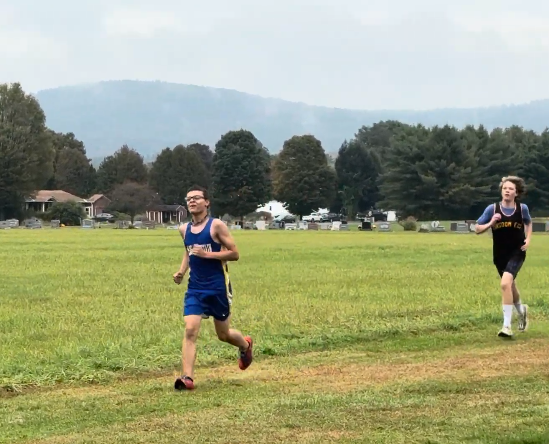




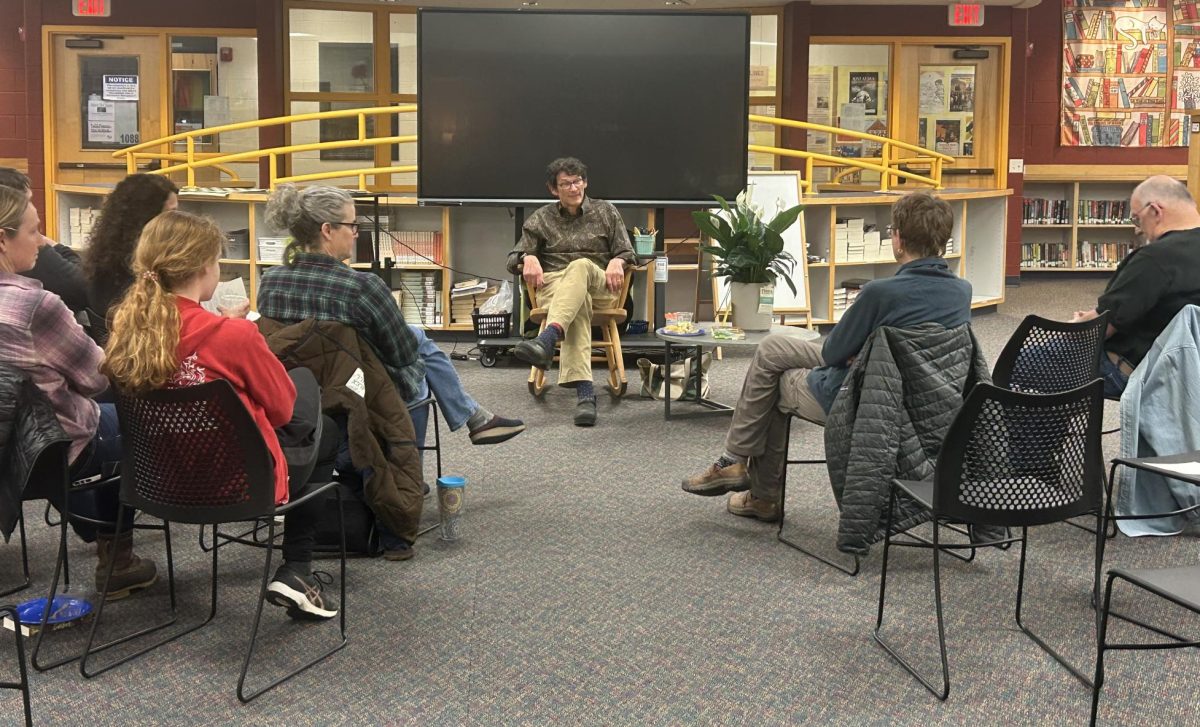


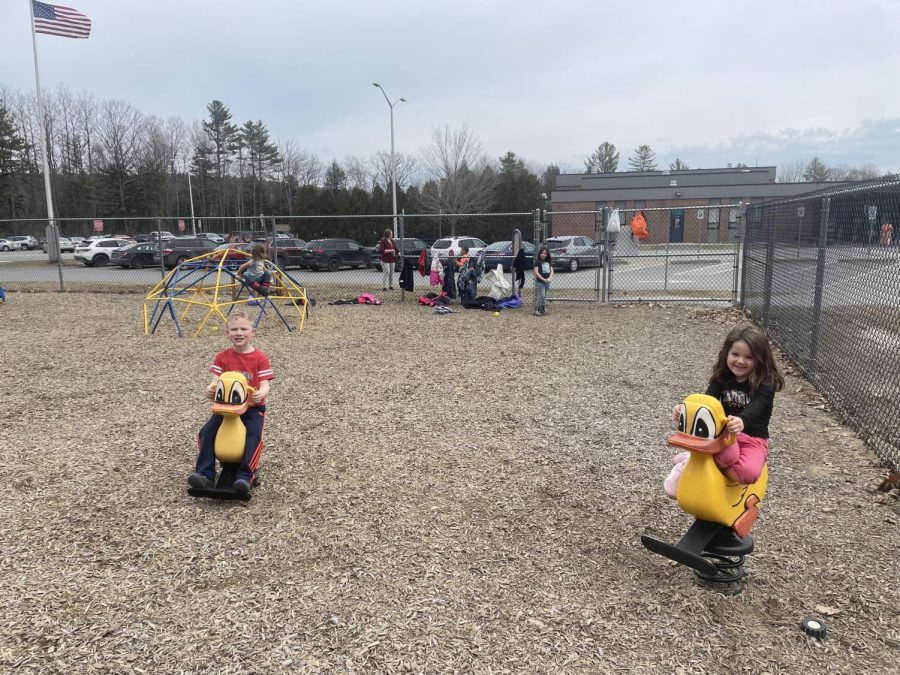




Hank Marshall • Jun 9, 2025 at 4:57 pm
A great article! I applaud the offer for addressing the situation and advocating for change. For 20+ years we at Clearflow Group US have been strongly advocating for the practice of proactive and passive interception and treatment of stormwater and surface water using our patented gel flocculant products that are entirely environmentally friendly and approved/certified by the TAPE program from the Dept of Ecology at the University of Washington. Remediation of the water, removing nutrients, contaminants, and reducing turbidity/TSS dramatically improves the quality of the discharge water. That improved quality of the discharge water enhances the quality of the entire ecosystem. No algal blooms, reduced sediment accumulation, enhanced aquatic vitality.